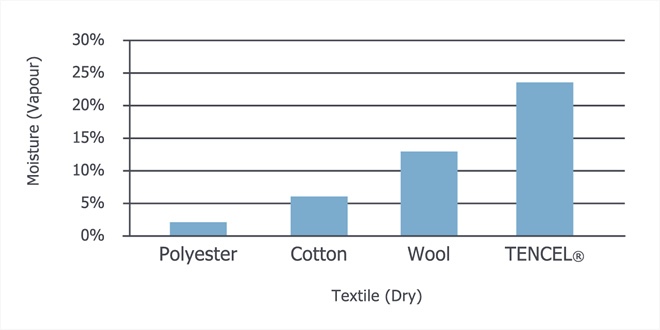Lyocell (Tencel)l®

Lyocell (Tencel)® - The New Age Fibre
Lyocell (Tencel)® is a cellulose fibre made from Eucalyptus trees grown on certified sustainable farms. The very fine internal fibre structure of Tencel® offers exceptional moisture transport, storage and drying capabilities. It's extremely smooth surface feels very soft and pleasant to the skin. Lyocell (Tencel)® is used as the middle layer of our Tri-Layer sock collections where aerobic activities require very effective moisture management capabilities.
Water, most vital for life, is managed uniquely by TENCEL®’s properties
Lyocell (Tencel)® absorbs excess liquid and quickly releases it again into the atmosphere. The true nature of Lyocell (Tencel)® can be found in this perfect interaction. If that does not constitute the dawning of a new age, then what does?
Fibrils are the key to the performance and possibilities of Lyocell (Tencel)®.
Fibrils are tiny components (little "hairs") which make up the fiber. The unique structure of the fibrils allows the production of textiles which, until now, could only be dreamed of. This is the first cellulose fiber whose functionality is based on this innovative structure. The controlled and regular arrangement of these tiny fibrils leads to new functional properties. The fibrils are hydrophilic and optimize the absorption of moisture with excellent cooling properties.
The comparision provides you with reassurance
Moisture transport is determined by climate. Depending upon climate conditions, Lyocell (Tencel)® either absorbs or releases moisture. Compared to other fibers, Lyocell (Tencel)® features the highest moisture absorption-rate: with air humidity at 65%, Lyocell (Tencel)® still has unused capacity to absorb moisture from the skin.

The graph shows the increase of moisture in a textile when the textile is moved from a relative humidity of 65% to a relative humidity of 100%. The moisture refers to the weight of the dry textile.
Moisture (Vapor) Management with extreme air humidity (The graph is based on tests using an electron microscope by M. Abu Rous et al., AUTEX World Conference, 2005)
